Key Features Of A Chemical Reagent Cabinet
What Are Some Key Features Of A Chemical Reagent Cabinet?
They key reason anyone chooses a chemical cabinet for their workplace is to reduce the risks associated with the chemicals that you have onsite.
Therefore, cabinets offer a range of features (some specific to the dangerous goods class that you’re carrying) to control chemical hazards.
We’ll look at some of the general safety cabinet features below and explain how they can help keep your workplace safe from chemical hazards.
Sheet Steel Construction With Thermic Air Barrier
Safety cabinets must be constructed from a material which is durable and resistant to chemical attack. Therefore, compliant cabinets are built with a double-walled sheet steel construction. They also feature a 40mm thermic air barrier.
This sturdy design provides a multitude of benefits including durability, safety for the stored chemicals, and protection against excessive heat and fire in the work area.
Self-Closing, Tight-Fitting Doors
As we briefly mentioned earlier in this blog, self-closing, tight-fitting doors provide 3 key risk controls for the stored chemicals within the cabinet. These include:
Heat and fire barrier
Protection from chemical spills and splashes
Vapour containment
Along with the sheet steel construction and thermic air barrier features of the cabinet, the doors assist with providing protection against heat and fire. This is of particular importance when you’re storing volatile chemicals such as Class 3 Flammable Liquids.
Chemical packages, such as containers or drums, can create hazards – even while they’re in storage. If packages are split, leaking or they simply topple over, the doors will prevent the chemical from spilling into the work area.
Likewise, any accidental release of chemicals may produce hazardous vapours. This could occur from something as simple as a lid being left off a container or a lid that’s not been securely fastened. The self-closing, tight-fitting doors therefore provide the necessary vapour containment to keep the hazardous vapours within the cabinet.
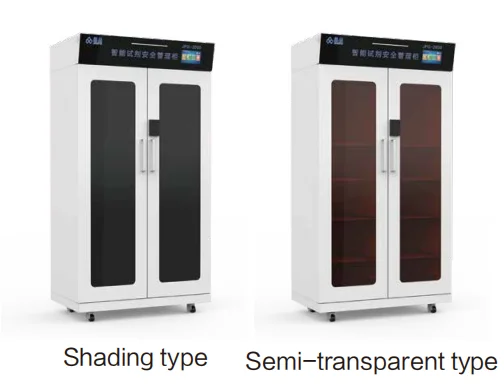
Perforated Shelving
Following on from our previous point about vapour containment, you want to make sure that air can flow freely in the cabinet to reduce the risk of vapours building up in certain sections of the store.
Perforated shelving allows for the movement of vapours throughout the cabinet, due to the multitude of holes on each steel shelf. This can assist with vapours becoming harmful when staff open the cabinet to retrieve chemical products.
Liquid-Tight Spill Sump
If you’re working with chemicals, you can probably understand how easy it is for a spill to happen. One of the key requirements of a compliant cabinet is the liquid-tight spill containment sump that is built into the lower area of the cabinet.
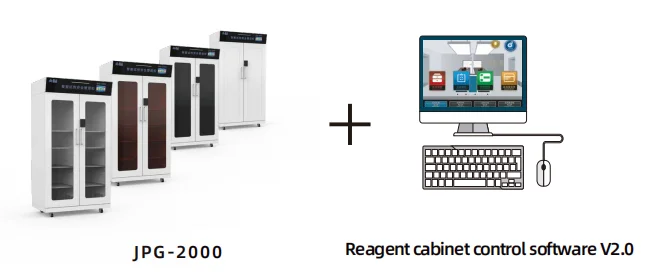
Spills are directed into the sump, which can be easily cleaned out whenever there is a spill of leak within the cabinet. This type of bunded storage provides excellent spillage control that will reduce the likelihood and impact of a hazardous spill leaking out into your work area.
Understanding Your Safety Cabinet
Would you like to learn more about chemical safety cabinets? We’ve created a handy guide that will help you select, install, use and maintain your chemical cabinet. Specifically written for businesses that carry flammable liquids, this guide is a helpful tool which can help you reduce hazards in your own workplace. Grab your copy for free now and learn more about indoor dangerous goods storage.

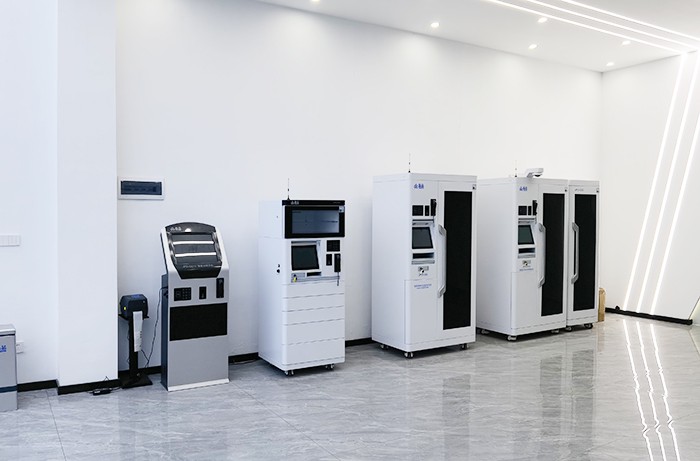

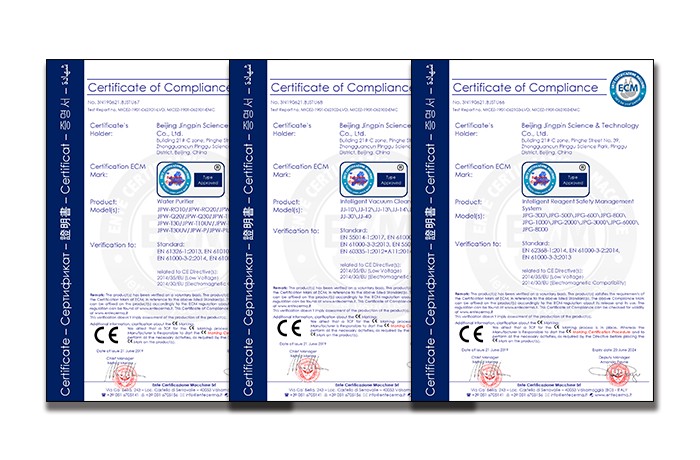
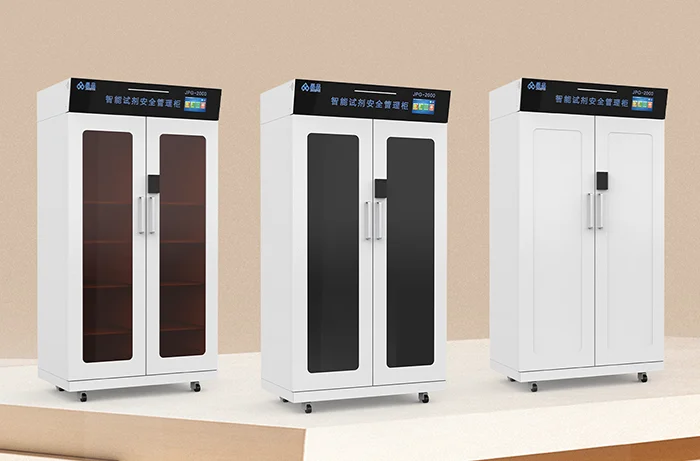
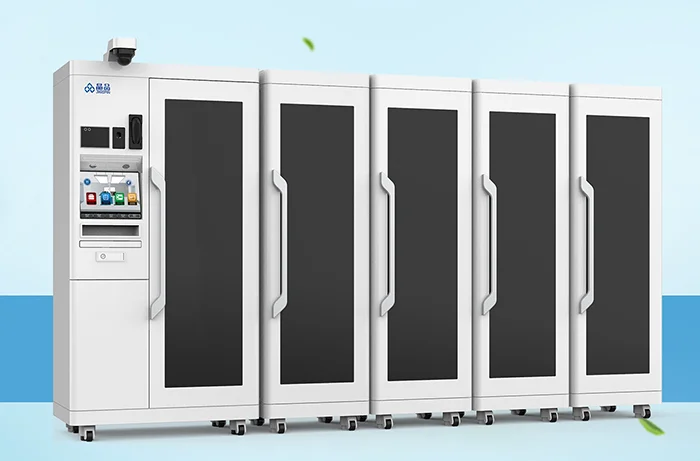
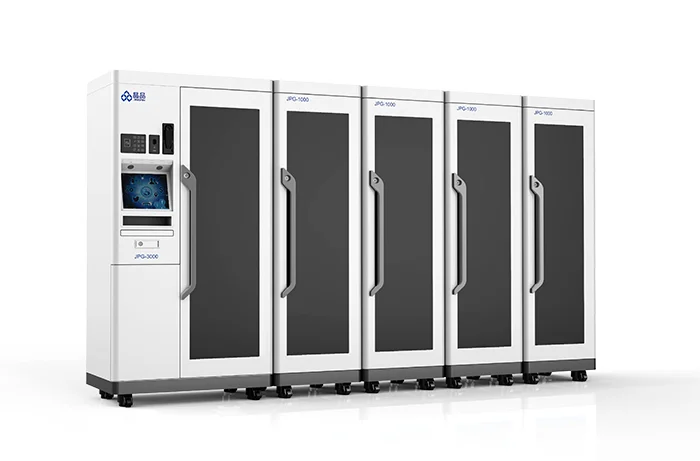

Leave a Message